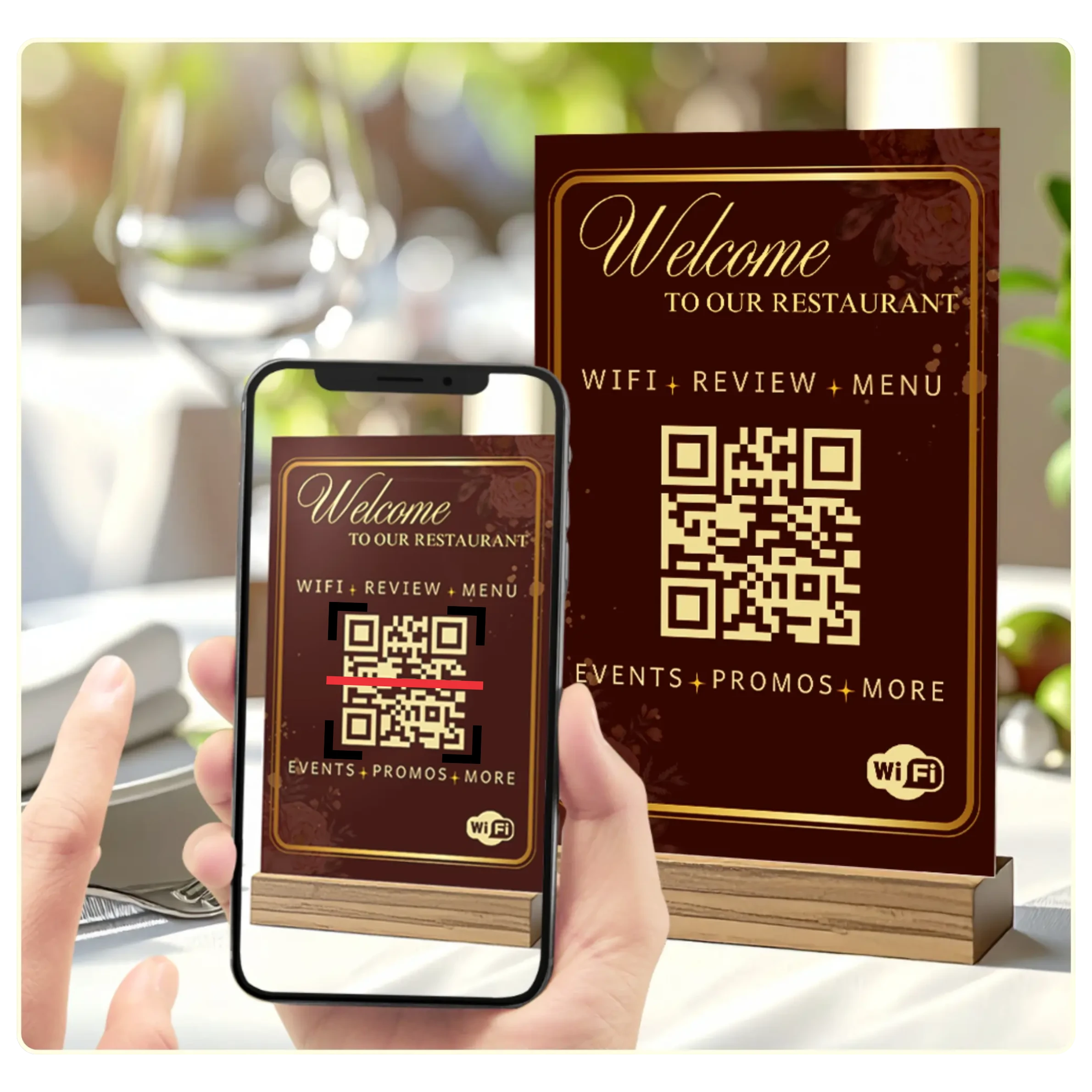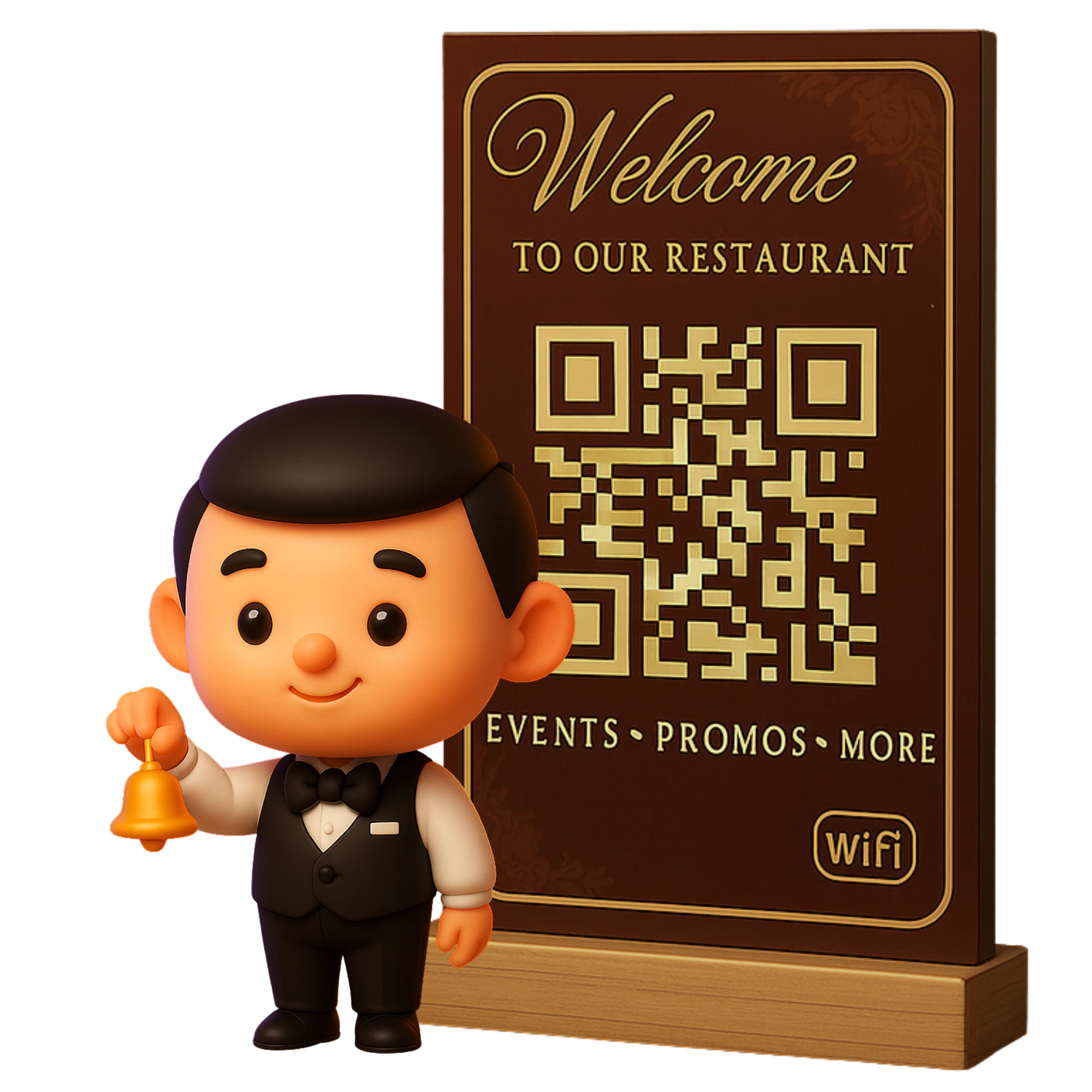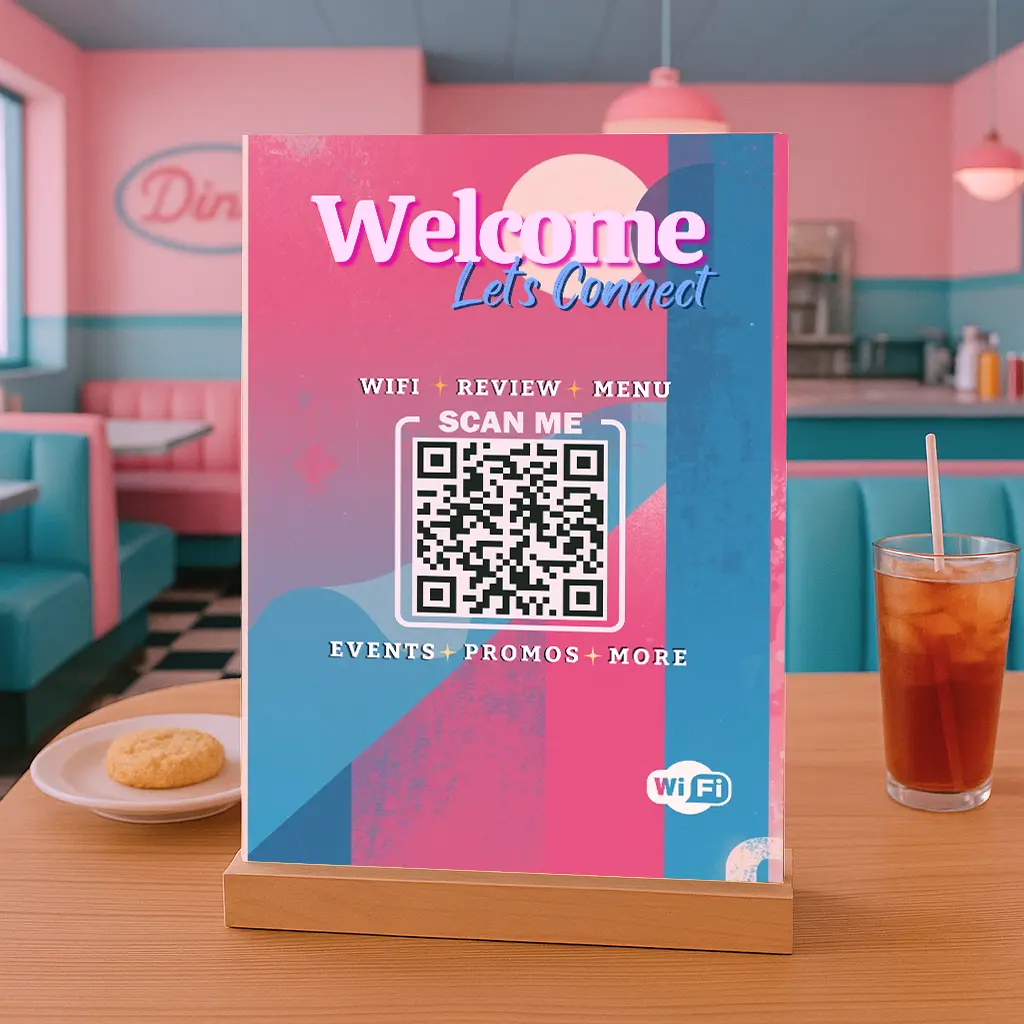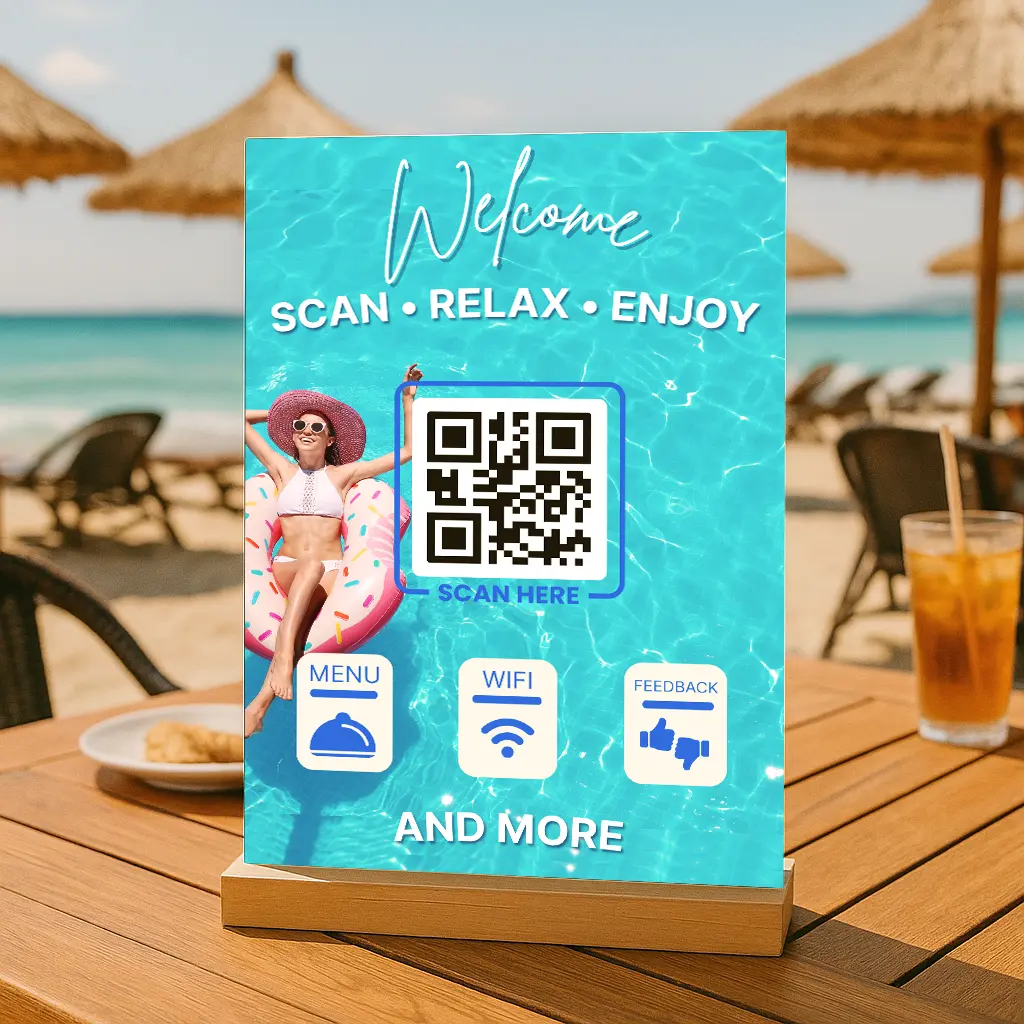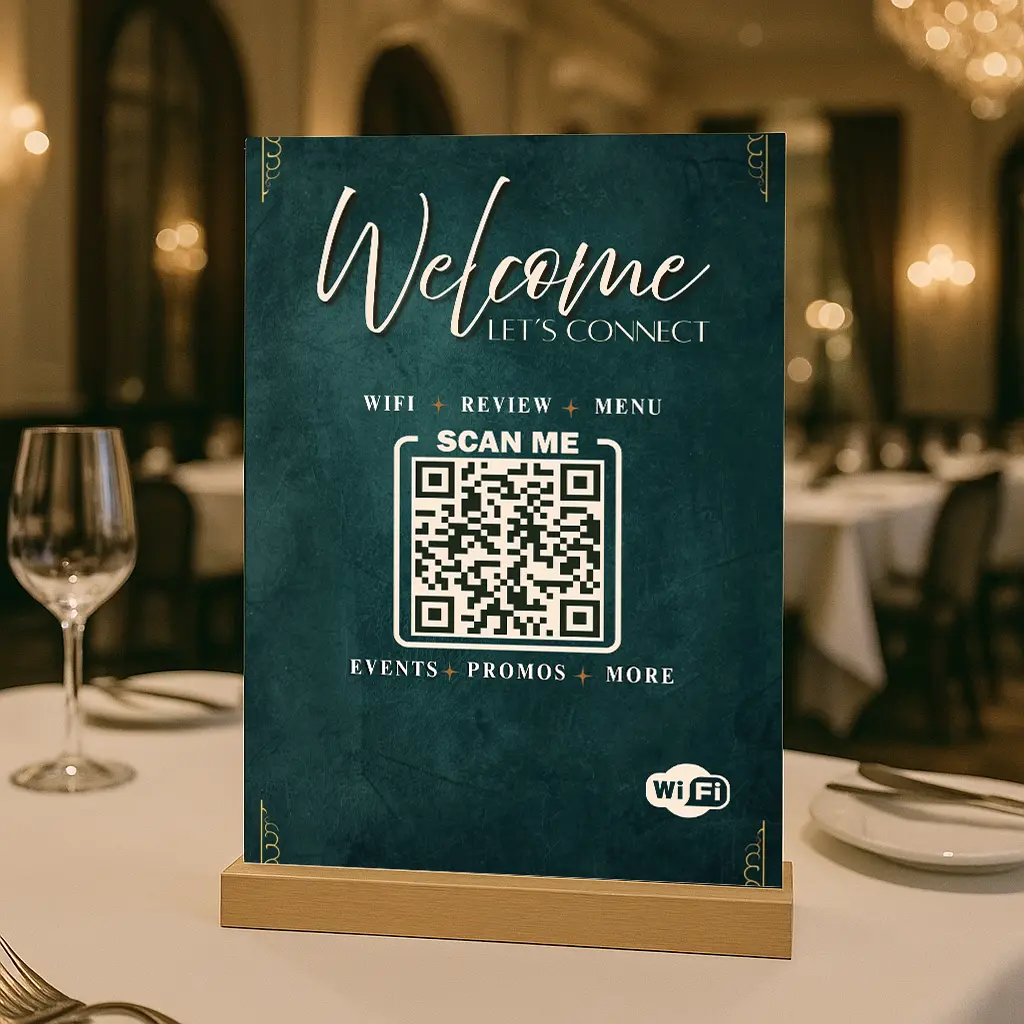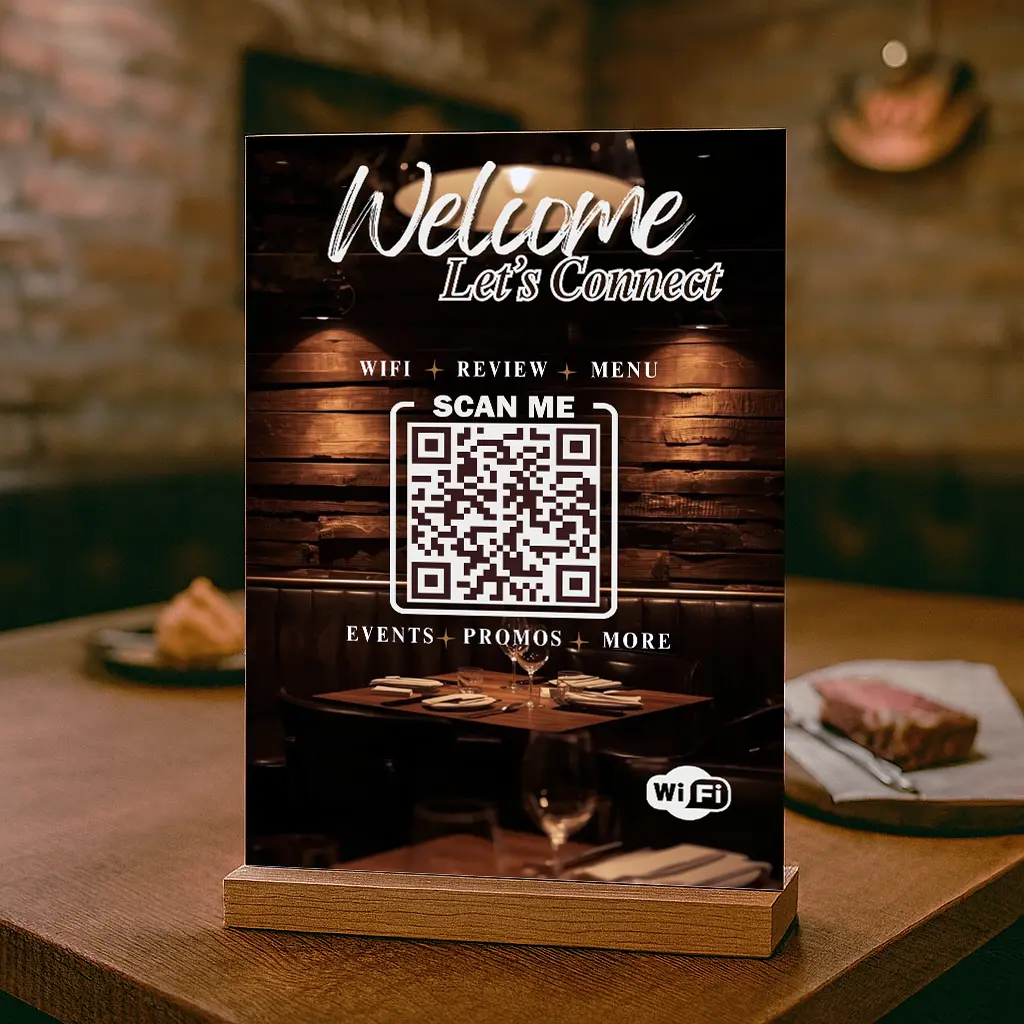Restauranteurs:
THE REVIEW/SOCIAL MEDIA
GAME HAS CHANGED.

DO YOU WANT AN
INSTANT ALERT WITH TABLE #
THE MOMENT YOU GET A BAD REVIEW?

WANT TO EFFORTLESSLY BOOST
REVIEWS & SOCIAL ENGAGEMENT
WITH RESULTS ON DAY ONE?
WOULD YOU LIKE A PASSIVE MARKETING
AND REPUTATION AGENT AT EVERY TABLE
WITHOUT HIRING ANYONE?
OK THEN. READ ON...
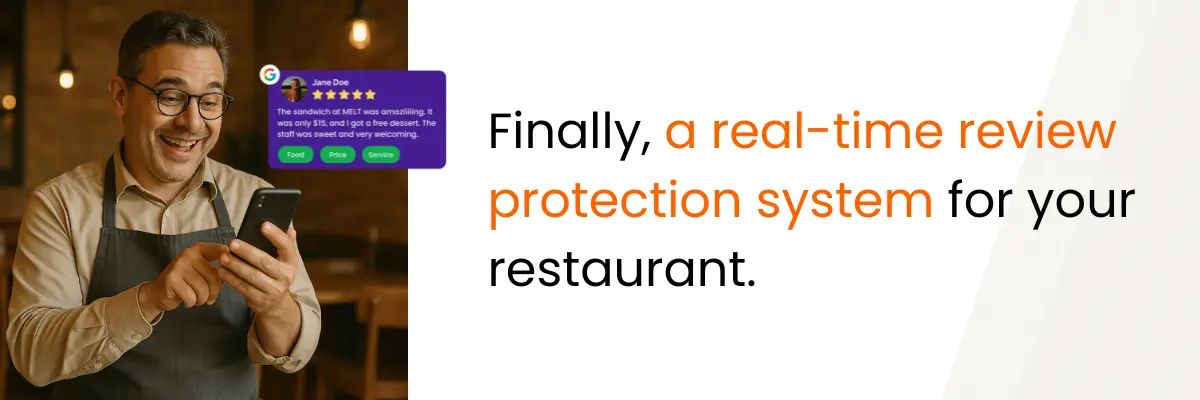
Stop Losing Revenue to
Bad Reviews & Empty Tables
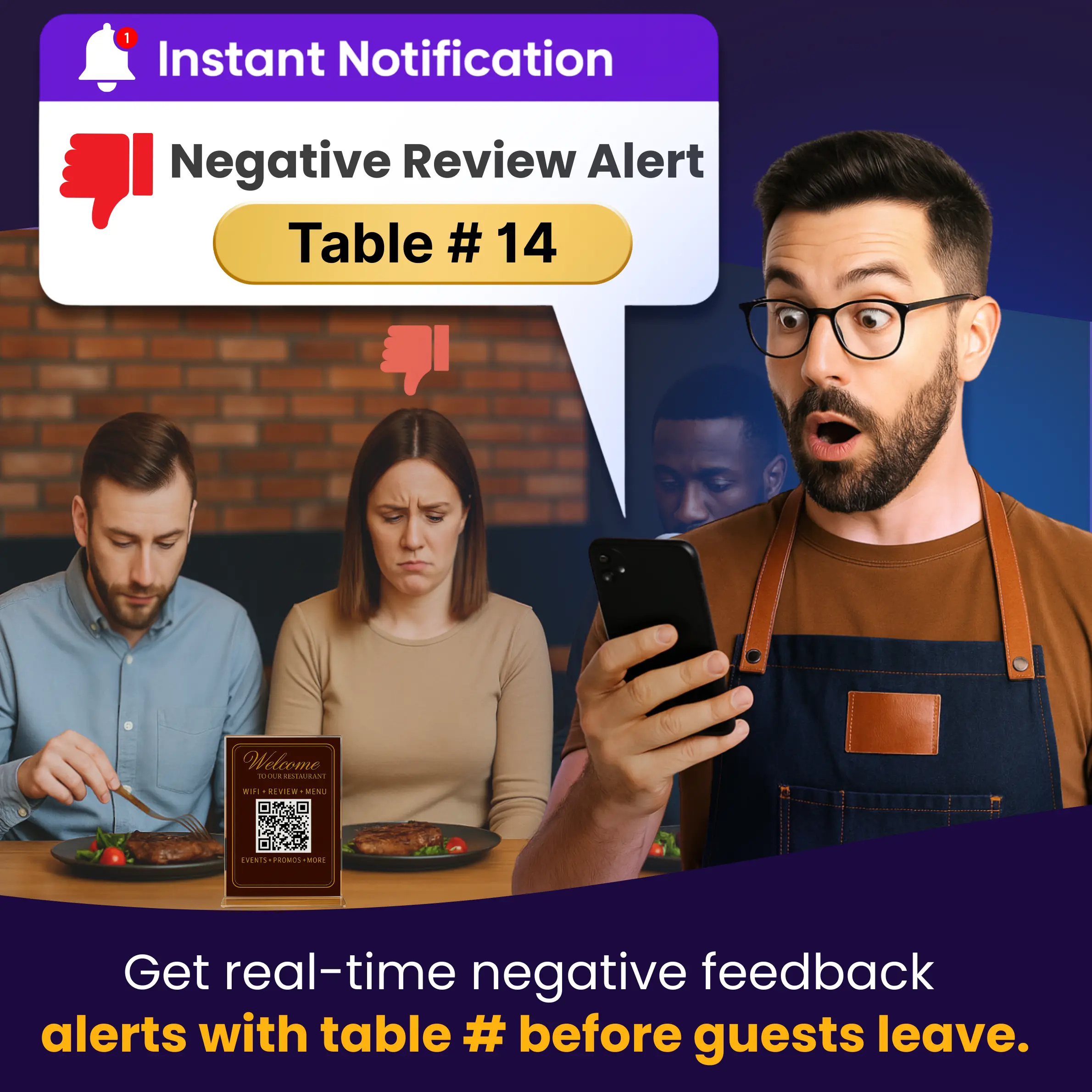




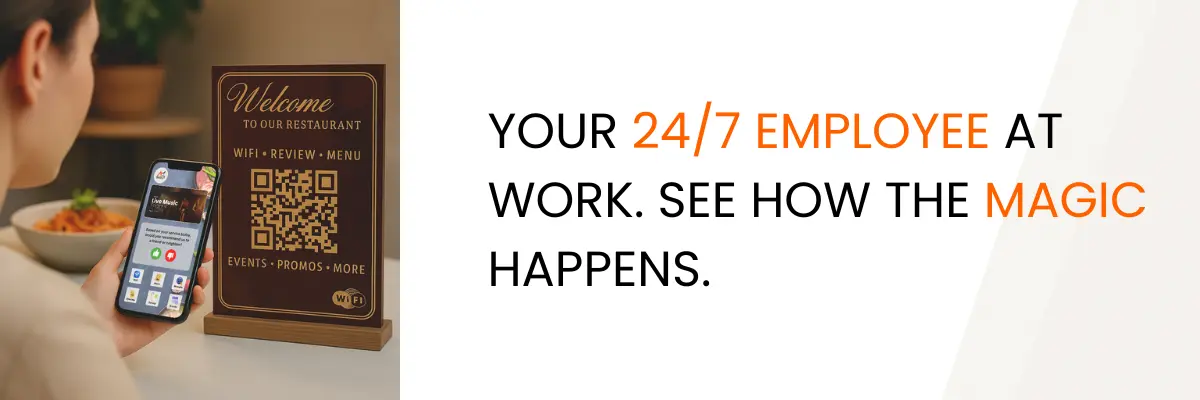
ONE QR SCAN
INITIATES THE MAGIC
Tap to Experience the DemoTry it Live Below
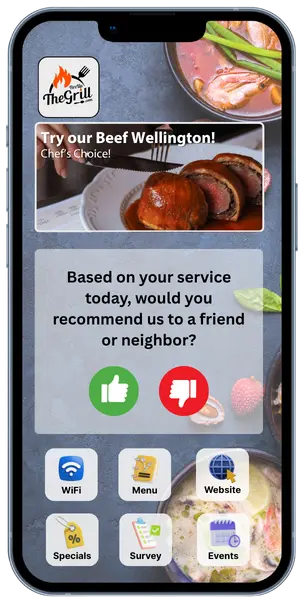

IMAGINE ONE SCAN SPARKING TRAFFIC, TRUST, AND REVENUE. ALL WITH RESULTS ON DAY ONE.
PROTRACKER ANALYTICS
HOW WOULD YOU LIKE TO KNOW:

Where that negative review come from? Was it resolved?

Is your staff actually asking for reviews?

What platforms am I getting activity on?




















Free Ebooks
Learn practical strategies to attract, engage, and retain customers while managing your online reputation effectively.
No signup required • Instant access • Free forever
A Revenue Machine at Every Table
for less than a cup of coffee a day
Silver Plan
Annual
Save 24%$74.95/mo
$899.40 Billed Annually
Automatically renews each year unless canceled.
- Unlimited Reviews
- 12 Platforms
- Analytics
- ProTracker
- Review Location
- Instant Notification
- Location Grouping
Get in Touch
Prefer to talk? We're a call or message away, no bots.
info@instorereviews.com
